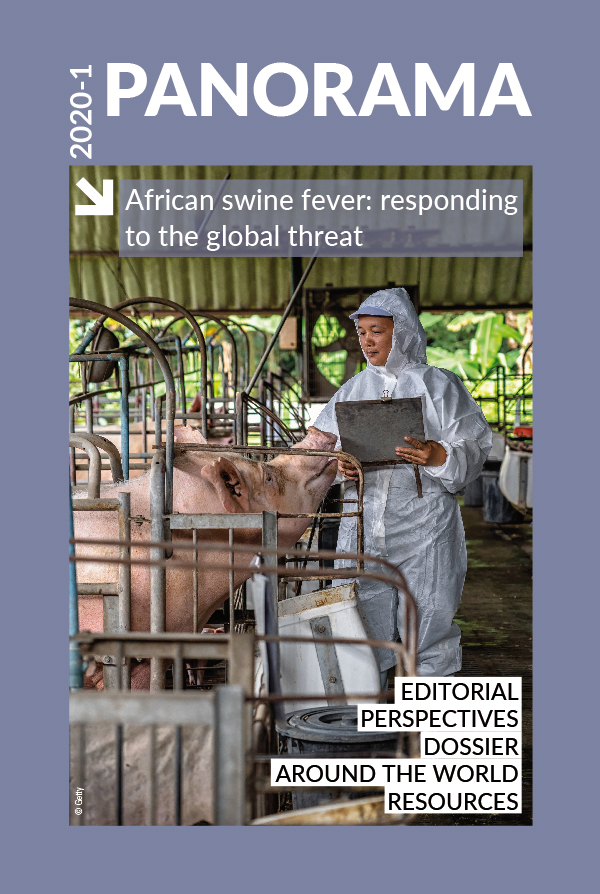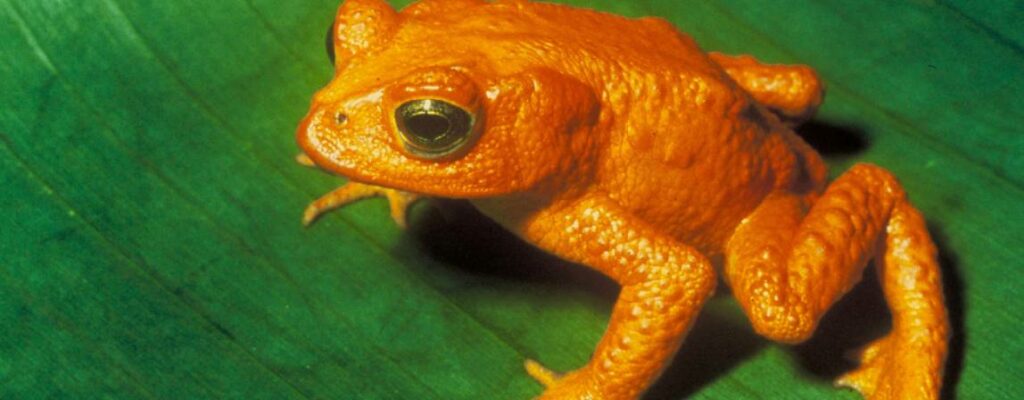Dossier Posted on 2020-07-24 16:14:05
The role of ticks in the transmission and maintenance of ASF
Keywords
Authors
L. Heath(1)*, L. Dixon(2) & J.-M. Sanchez‑Vizcaino(3)
(1) Agricultural Research Council – Onderstepoort Veterinary Research, South Africa.
(2) The Pirbright Institute, United Kingdom.
(3) Facultad de Veterinaria, Universidad Complutense, Spain.
* Corresponding author: HeathL@arc.agric.za
The designations and denominations employed and the presentation of the material in this article do not imply the expression of any opinion whatsoever on the part of the OIE concerning the legal status of any country, territory, city or area or of its authorities, or concerning the delimitation of its frontiers and boundaries.
The views expressed in this article are solely the responsibility of the author(s). The mention of specific companies or products of manufacturers, whether or not these have been patented, does not imply that these have been endorsed or recommended by the OIE in preference to others of a similar nature that are not mentioned.
During the re-emergence of ASF in Portugal in the 1990s, native soft tick O. erraticus was identified as a natural reservoir of ASFV, allowing the long-term persistence of ASFV and complicating its eventual eradication. Experimental infection of various other tick species suggests that more ticks could potentially become biological vectors of ASFV. Several tick species found in either Central or North America (O. coriaceus, O. turicata, O. parkeri, and O. puertoricensis, O. savignyi) are known to support ASFV replication.
ASF appears to be persisting among wild and domestic pig populations in the absence of soft tick vectors
Although transmission in domestic pigs occurs predominantly by direct contact, or indirectly through the consumption of infected meat products, the involvement of argasid ticks in the maintenance of the disease has historically been a common criterion for the establishment of endemicity. However, the relevance of ticks in the contemporary epidemiology of ASF could be questioned, as the maintenance of ASFV in domestic pigs (largely or entirely in the absence of a sylvatic cycle) is known to occur in more than half of the countries currently affected by the disease, even in areas where the disease is endemic. In contrast to the African situation, the current spread of ASF across Europe and Asia appears to be persisting among wild and domestic pig populations in the absence of soft tick vectors. Although O. erraticus is largely confined to Mediterranean countries, other Ornithodoros species are known to occur in areas recently affected by ASF. These include O. alactagalis, O. asperus, O. coniceps, O. lahorensis, O. tholozani and O. verrucosus. The possibility exists that these species may contribute to the long-term maintenance of ASFV in those territories. Recent studies exploring the ability of Palearctic ticks to maintain and transmit ASFV showed that O. verrucosus were able to maintain the virulent Eurasian ASFV strains for several months, but could not transmit the virus to naïve pigs. This suggests that this species is unlikely to contribute significantly to the persistence of the disease in the region. Despite recent advances, many questions remain to be answered about the ability of the New World Ornithodoros ticks to transmit ASFV.
Information on the ability of diverse species to support the replication of the virus, potential transmission rates and duration of infections would greatly increase the ability to predict the threat posed by a given species of tick. The application of Next-Generation Sequencing will enable further research into viral adaptation to different species of ticks and the influence that different strains of ASFV may have on the ability of these tick to maintain the disease. Developing a more comprehensive framework of research on the role ticks may play in the dissemination and maintenance of the disease will contribute significantly to combating this complex disease.
http://dx.doi.org/10.20506/bull.2020.1.3128










